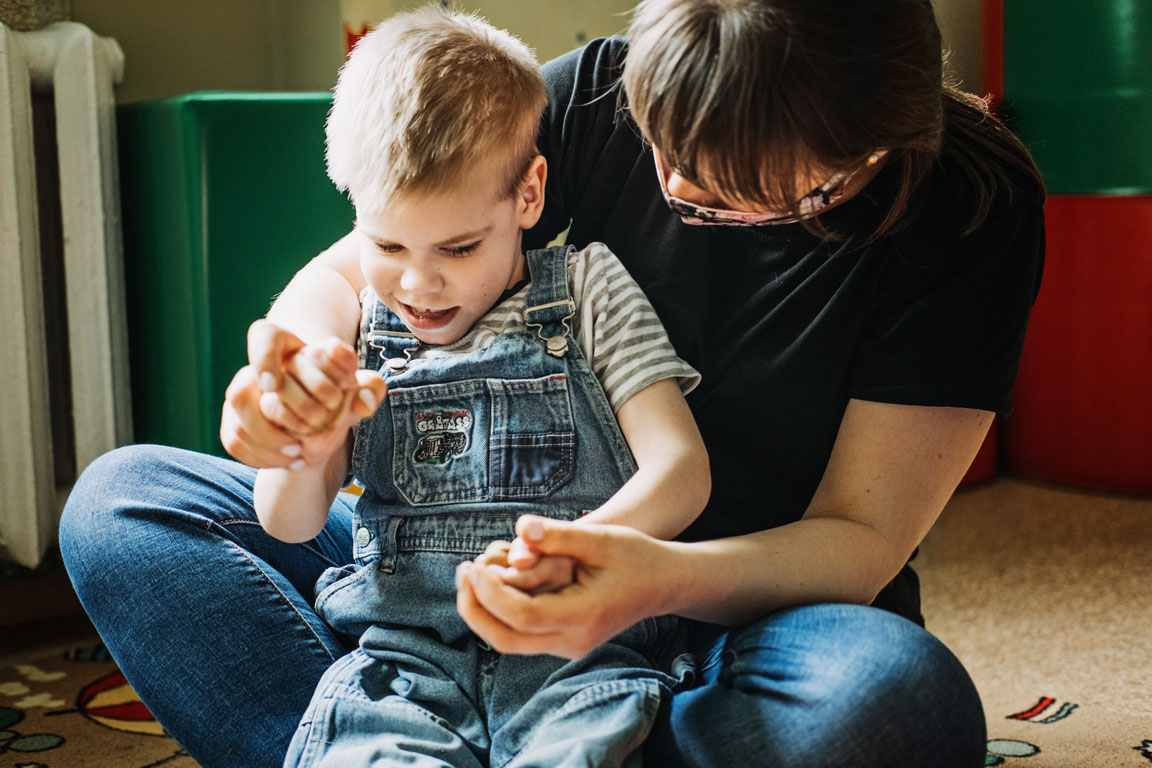Over the past several months, we have published several articles about bullying in New Jersey schools and how this bullying significantly impacts those with special needs. In this compilation, we are going to summarize the most important aspects discussed within each article.
Creating a Safe Environment for Youth with Disabilities
Special considerations are needed when addressing bullying in youth with disabilities. There are resources to help kids with disabilities who are bullied or who bully others. Youth with disabilities often have Individualized Education Programs (IEPs) or Section 504 plans that can be useful in crafting specialized approaches for preventing and responding to bullying. These plans can provide additional services that may be necessary. Additionally, civil rights laws protect students with disabilities against harassment.
Supporting Special Needs and Preventing Bullying at School
Strategies to address student’s special needs at school can also help to prevent bullying and have positive outcomes for all students, especially tactics that use a team approach, foster peer relationships, and help students develop empathy. Some strategies include:
- Engaging students in developing high-interest activities in which everyone has a role to play in designing, executing or participating in the activity.
- Providing general up-front information to peers about the kinds of support children with special needs require, and have adults facilitate peer support.
- Creating a buddy system for children with special needs.
- Involving students in adaptive strategies in the classroom so that they participate in assisting and understanding the needs of others.
- Conducting team-based learning activities and rotate student groupings.
- Implementing social-emotional learning activities.
- Rewarding positive, helpful, inclusive behavior.
Peer Support Makes a Difference
Here are a few examples of innovative strategies used by schools to promote peer-to-peer learning, foster relationships, and prevent bullying:
- One high school created a weekly lunch program where student’s with and without special healthcare needs sat and ate lunch together. Several senior students led the group, and invited their friends to join. All kinds of students participated. The students got to know each other through question and answer periods and discussions over lunch. They discovered things they had in common and formed friendships. A group of them went to the prom together.
- Youth at one school held a wheelchair soccer night. Students with special healthcare needs that used wheelchairs coached their peers in how to use and navigate the wheelchairs to play. The students helped another peer who used a wheelchair who was interested in photography by mounting a digital camera on her chair so she could be the game photographer.
- Another school created a club rule that required clubs to rotate leadership responsibilities in club meetings so that every member had a chance to run the group. This allowed students with special health care needs to take on leadership roles.

Potential Perceived Differences
Children and youth with special needs are impacted by their conditions in a variety of ways. Every child is unique, and so are the ways that their health condition affects them. Some impairments, such as brain injuries or neurological conditions, can impact a child’s understanding of social interactions and they may not even know when they are being bullied. Here are a few ways that disabilities may affect children:
- Children and youth with cerebral palsy, spina bifida, or other neurological or physical conditions can struggle with physical coordination and speech.
- Brain injuries can impair speech, movement, comprehension, and cognitive abilities or any combination of these. A child or youth with a brain injury may have trouble with body movements, or speaking in a way that others can understand. It could take them longer to understand what is being said or to respond.
- Children and young people with Autism Spectrum Disorder, Attention Deficit Hyperactivity Disorder, and Tourette’s Syndrome may have difficulties with social interactions, sensitivities, impulsivity, and self-regulating their behavior or effectively communicating.
- A child or young person who experiences anxiety or depression or who has a mental health condition may be withdrawn, quiet, fearful, anxious, or vulnerable. They may exhibit intense social awkwardness or have difficulty speaking.
- Children who have epilepsy or behavioral disorders may exhibit erratic or unusual behavior that makes them stand out among their peers.
–stopbullying.gov (U.S. Department of Health and Human Services)
